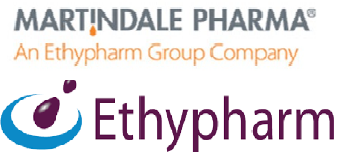The Glycopyrronium Bromide component of Glycopyrrolate - Neostigmine Metilsulfate Injection can give rise to a dry mouth, difficulty in micturition, cardiac dysrhythmias, and disturbances of visual accommodation and inhibition of sweating.
The Neostigmine component of Glycopyrronium Bromide and Neostigmine Metilsulfate Injection can give rise to nausea, vomiting, increased salivation, diarrhoea, abdominal cramps (more marked with higher doses); signs of overdosage include bronchoconstriction, increased bronchial secretions, lacrimation, excessive sweating, involuntary defecation and micturition, miosis, nystagmus, bradycardia, photophobia, heart block, arrhythmias, hypotension, agitation, excessive dreaming, and weakness eventually leading to fasciculation and paralysis.
Glycopyrronium-Neostigmine component of injection can give rise to hypersensitivity, angioedema and anaphylactic reaction. Their frequency is not known
Hypersensitivity
If severe Neostigmine induced muscarinic side effects occur (bradycardia, hypotension, increased or pharyngeal secretions, decreased cardiac conduction rate, bronchospasm or increased gastrointestinal activity etc), these may be treated by the intravenous administration of Glycopyrronium Bromide Injection 200 – 600 micrograms (0.2 – 0.6mg) or atropine 400 – 1200 micrograms (0.4 – 1.2mg).
Reporting of suspected adverse reactions
Yellow Card Scheme
Website: www.mhra.gov.uk/yellowcard or search for MHRA Yellow Card in the Google Play or Apple App Store.



